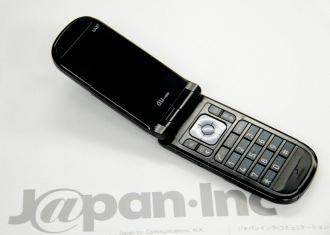The Mobility of Mobile Phone Policy in Japan
By Arjen van Blokland
In Japan, the Ministry of Internal Affairs and Communications is amongst others responsible for the telecommunications policy. A good example was the introduction last year of Mobile Number Portability (MNP) in an attempt to make it easier for mobile end-users to switch carriers.
The ministry’s bureaucrats set up study groups to come up with recommendations for new policies. In 2007 one of the most interesting study groups focuses on mobile business. Main topics on the agenda are sales promotions and subsidies by mobile carriers to attract and retain customers and Mobile Virtual Network Operators (MVNO).
Surprisingly, this study group consists of an interesting mix of opinion leaders and important players in the mobile industry. The members are analysts from Gartner Japan, Merryl Lynch, Nomura, several university professors and even a journalist. Official study group observers are coming from the mobile carriers, content providers, Microsoft, Access, JR East, and the MVNO Association.
The study group will meet eight times in 2007 before publishing their position document in September. Each member and observer is invited to present their opinions followed by a Q&A session. Often comparisons are made between the Japanese and overseas mobile markets. All presentations and meeting reports are available online.
One of the main bottlenecks for further mobile market liberalization in Japan is the vertical integrated model. Carriers offer a bundling of SIM locked handsets and services. In other methods to attract and retain customers, carriers differentiate through selling heavily subsidized fancy handsets with nice multimedia services that can only be used on their network. If you want to switch to another carrier, you can keep your mobile number but you cannot continue using your handset and email address.
Removing the SIM-lock will not be the catalyst for more market liberalization. Handsets would become very expensive and need to be equipped with multimode RF chips that would work on both W-CDMA and CDMA2000. Furthermore, the content market is so tied-in with the carriers and their technologies that the whole business model for content providers and media companies would need to change as well. According to K-tai Impress, a web publisher, two-thirds of the people would not buy a new handset if the price was around 70,000 yen (600 USD). Japanese carriers claim that once the SIM-locks are removed, the mobile content service market will be limited to only SMS-messaging.
Members and ministry officials of the study group are talking about a soft landing – no drastic changes to the current business models but a gradual break-up of the vertical models promoted by the current mobile carriers. A wise approach, as this has lead to a booming mobile economy with a win-win-win model for carriers, content providers and end-users alike.
Wireless Watch goes out once a month as an email newsletter from J@pan IncJoin over 20,000 other readers by signing up at www.japaninc.com/newsletters/free_sign_up






